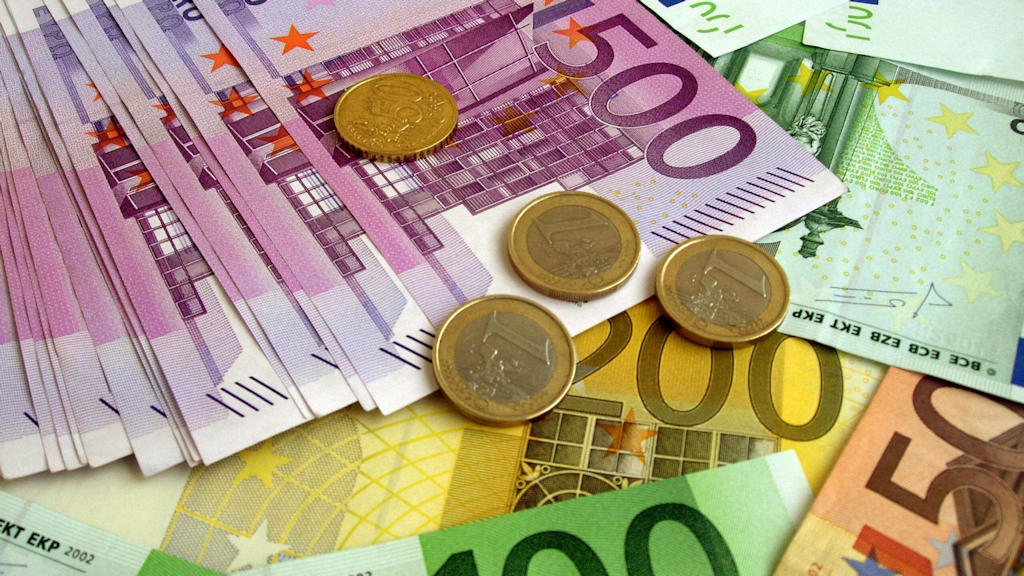The Official Currency:
The Euro was introduced as an electronic currency in 1999 and replaced national currencies in physical form in 2002. It is the official currency of 19 out of 27 European Union member states, including Portugal. The Euro symbol "€" represents this currency, which simplifies financial transactions across borders within the Eurozone.Euro Banknotes:
Euro banknotes come in various denominations: €5, €10, €20, €50, €100, €200, and €500. Each denomination features distinct colors, sizes, and designs, making them easily identifiable. The banknotes showcase architectural styles from different periods in European history and depict windows and gateways, symbolizing openness and cooperation.Euro Coins:
Euro coins are available in eight denominations: 1 cent, 2 cents, 5 cents, 10 cents, 20 cents, 50 cents, €1, and €2. The front side of each coin bears a common design, featuring the denomination and a map of Europe. The reverse side displays country-specific designs, reflecting cultural and historical elements unique to each Eurozone member.Euro Security Features:
To ensure the integrity of the Euro currency, banknotes incorporate advanced security features. These features include holograms, watermarks, security threads, raised print, and microprinting. Tactile marks on the banknotes also aid the visually impaired in identifying their value. Coins, on the other hand, have milled edges and specific metallic compositions to prevent counterfeiting.Exchange Rates:
Before your trip to Lisbon, it's advisable to check the current exchange rates between your home currency and the Euro. Exchange rates fluctuate and can have an impact on your budget. You can easily find exchange offices throughout the city, including at airports, banks, and designated exchange kiosks. It's recommended to compare rates and fees to ensure you get the best deal.If you don't want to get scammed during currency exchange, please read this article: Essential Tips to Avoid ATM Scams and Maximize Currency Exchange in Lisbon
Where to Exchange Currency:
To exchange currency, you can visit banks, authorized exchange offices, or use ATMs. Banks generally offer competitive rates, but they may have limited operating hours. Exchange offices are also widely available, particularly in tourist areas, and often provide extended hours of service. ATMs are widely accessible and offer convenience, although it's essential to check for any associated fees from your bank.Credit Cards and Payment Methods:
Credit cards, particularly Visa and Mastercard, are widely accepted in Lisbon. You can use your credit card for various transactions, including dining, shopping, and accommodation. However, it's always a good idea to carry some cash, as smaller establishments, markets, or street vendors may prefer cash payments.Lisbon.vip Recommends
Tips for Managing Money:
- Inform your bank about your travel plans to ensure your credit and debit cards work seamlessly in Lisbon.
- Carry a mix of cash and cards for flexibility in different situations.
- Keep small denominations of Euro coins and notes for convenience, such as for public transportation or small purchases.
- Safeguard your cash and cards by using a money belt or secure wallet.
- Consider using a prepaid travel card, which allows you to load and manage your spending money while avoiding currency conversion fees.



